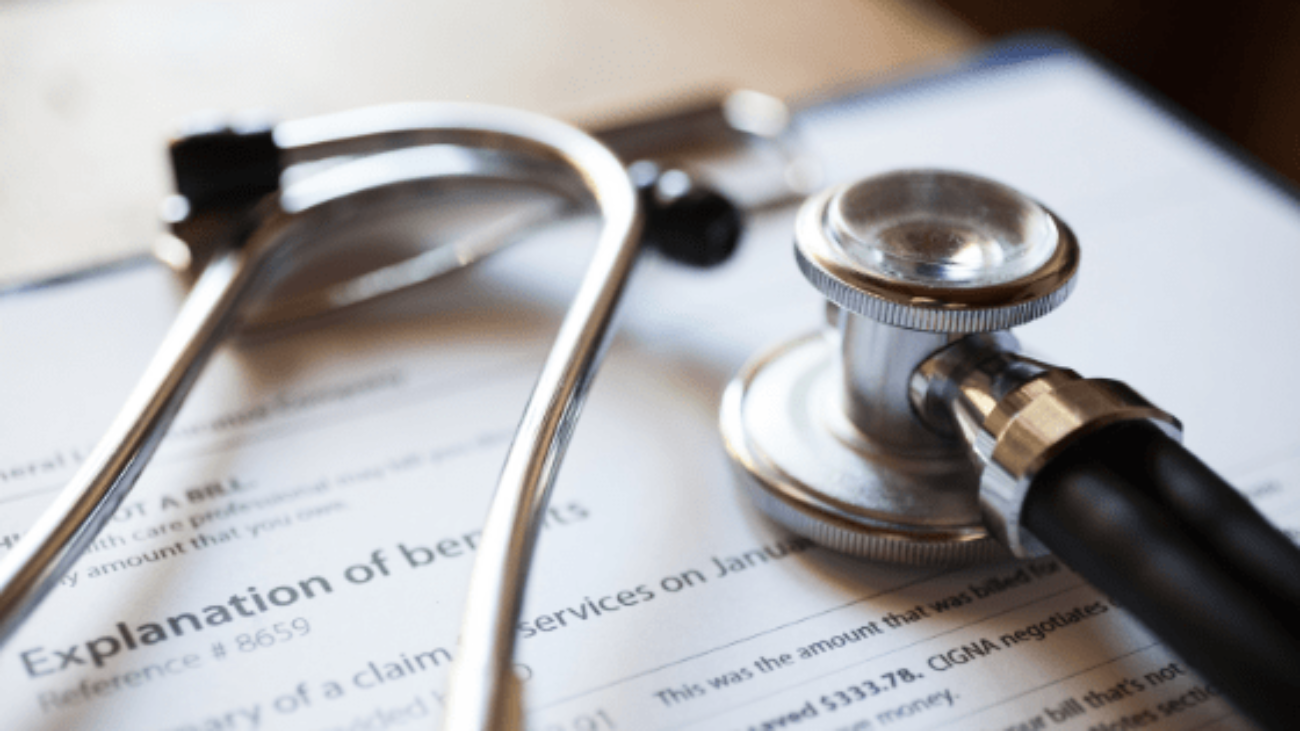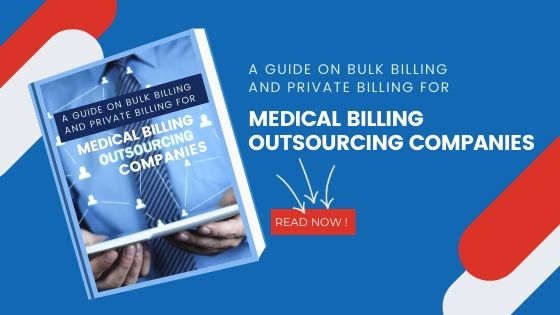After the patient has received their services, preparing a medical bill is a complicated process. Often patients run into conflicts with the provider offices regarding their medical bills. EOB in medical billing is one such document that the patient can use to get a better in-depth view of the services rendered and know which services have been covered by their insurance company. Explanation of Benefits is thus a highly critical piece of document that the patients can use to cross-check the details of the medical services and their share of payment responsibility.
EOB enlists the details of the services received by the patient in the healthcare system. However, the EOB is not a bill. It is only a detailed report of the services and the coverage details from the insurance company to the patient. Patient education on how to read and understand these statements could help in improving the patient-provider relationship. Here are some patient education materials to help you build a more transparent relationship.
Components of EOB
1.Provider Information and Services Provided:
EOB will mention the provider’s name from whom the patient received the medical services. It is essential to cross-check this information to know which EOB refers to which provider in case of multiple or comprehensive services.
The services are also enlisted in the EOB. The patient should check whether the services enlisted are the services that the provider rendered on the day of service. Duplication of services is something they should watch out for in their EOBs. They can compare the list of services with the one provided by the healthcare center.
2.Amount Charged:
The insurance company will also mention the amount charged by the provider in the EOB. The breakdown of the costs can be seen concerning each service and its corresponding code. The insurance company will also mention how much the insurance has paid the provider and what is the deductible amount applied to the patient. The insurance company might also send a check to the beneficiary or the patient in some cases. It is then the patient’s responsibility to pay the provider’s office.
3.Approved Amount:
The approved amount is also mentioned in the Explanation of Benefits with precise details of the cost breakdown. Usually, the amount approved by the insurance company is lesser than what the provider billed the patient. After the patient has paid their co-pay and deductibles and the insurance company has sent the amount approved by them, the difference between the total bill and the paid amount is the balance. Balance billing the patient for the remainder of the amount is mostly illegal in the current American medical landscape. However, there are two exceptions you need to know:
- If you choose to get medical services from a provider who does not share a relationship with your insurer.
- If you decide to undergo certain medical services that your health plan does not cover, even from a provider who has a relationship with your insurer.
Importance of EOB in Medical Billing for Providers
EOB in medical billing is crucial for providers since it gives them a clear idea of why the insurance company did not pay for the amount they billed. For example, a provider billed $150 to a patient for a consultation. But the provider received only $70 from the insurance company and $20 from the patient. The EOB will answer what caused the provider to receive only $90 instead of the billed $150. The EOB contains a specific part that the insurance company mentions, which is the amount it will not cover. The amount comes along with a code that signifies the reason for non-payment. The codes are usually found at the bottom of the page, on the back, or a separate sheet.
If the provider feels that the insurance company has underpaid the claim, they can get in touch with them and discuss their negotiated rates, given that the provider is enrolled in the network. On the other hand, the payment responsibility of the patient depends on their health plan. According to the health plan, if the patient has already met their annual deductible and out-of-pocket limit, there will be no burden on the patient to pay for the services.
The payment collection strategy from patients is different than collecting from the payers. So knowing the patient’s due is crucial to moving forward with the revenue cycle planning. EOB in medical billing provides all these insights in a single document, which can be very useful for the provider to refer back. The reasons mentioned in the EOB for non-payment could provide clues on which areas of the billing workflow the provider needs to work on with their billing team.
Why should patients be careful with EOB in medical billing?
Often, patients are confused about the importance of EOB in their medical journey. Since it is not a bill, why should patients invest their time in understanding their EOB? EOB contains a detailed history of the medical services that the patient has received and the payment responsibility details. The EOB gives the patients a chance to review their services and point out if any error has occurred. It might be a duplicate charge or even a wrong assignment of services. Knowing the mistakes in the beginning, saves both providers and patients from long financial chaos.
On the other hand, patients also get to know their payment responsibility regarding the service at the provider’s office. A transparent communication channel between the provider and the patient helps maintain a better financial relationship. If the patient needs assistance regarding their share of the payment, provider offices can help them with the financial assistance options. It will help the billing team to maintain an updated account for the patient and, at the same time, help patients clear out their bills.
We hope that this blog helped you understand the importance of EOB in medical billing and how any person can interpret it. In case of any queries, you can get in touch with us through the comment section below. Please subscribe to our blog for more such updates on healthcare financial management. Follow us on Facebook, Instagram, Twitter, and LinkedIn.




